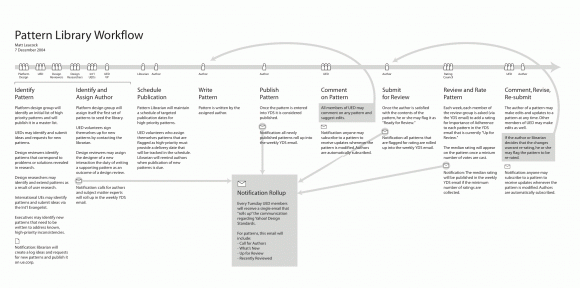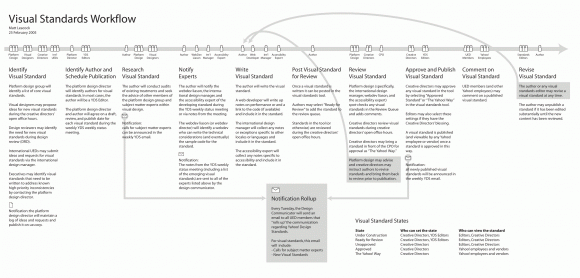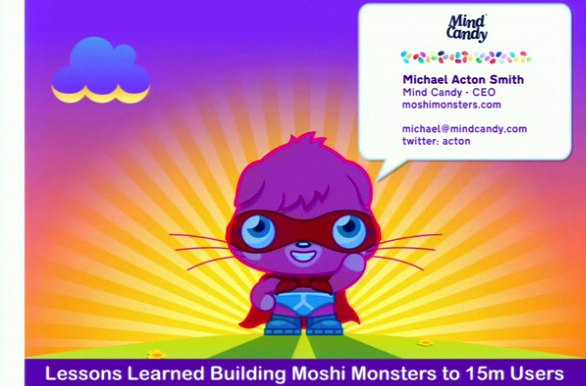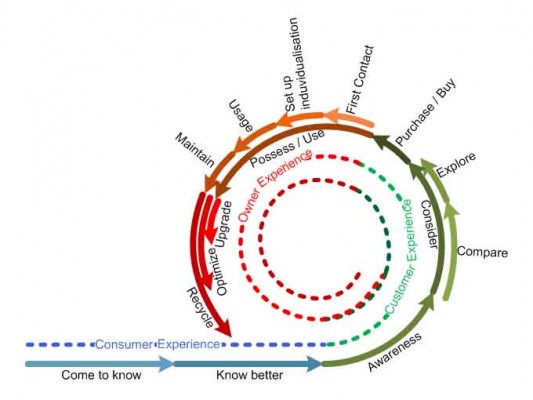Zawiłości numerów modeli, pochodzenia i rodowodu podtrzymują istnienie kuszącej pornografii, która fetyszyzuje okulary słoneczne i wieczne pióra, buty i rowery, i niemal wszystko, co można sprzedawać, zbierać, klasyfikować, organizować, a reszcie objąć w posiadanie i mieć.
Źródło: s.7, Język rzeczy. W jaki sposób przedmioty nas uwodzą?, Deyan Sudjic









Recent Comments